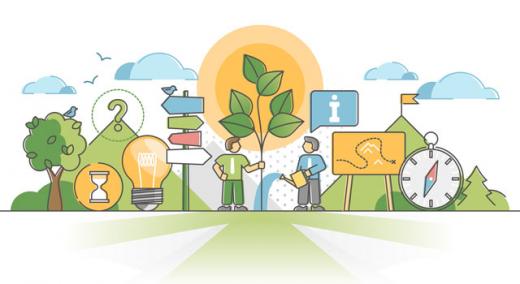‘Kendra, I think you’re going to do wonderfully at this next task. You have a good eye for detail, and that’s exactly what’s required here.”
|
ADVERTISEMENT |
“Tom, you have a real knack with people, and I’d like you to take on a temporary role in account management. I think you will thrive based on what I’ve seen you do with our internal customers.”
“When I was asked to recommend someone to head the new department, I immediately thought of you. You learn quickly, you work hard, and you’re good at bringing a team together. These next few months are going to be a heavy lift, and I can’t think of anyone else better suited to the task.”
Like gardeners planting seeds, people who spot potential can help others produce results they may never have imagined for themselves. By following a few steps, anyone can learn to see the future success in others.
Step One: Start with strengths
Pay attention to what’s special. Everyone has talents, and great potential-spotters zero in on those gifts. Is someone organized, great with people, quick to pick on new activities, or mechanically inclined?
…

Add new comment